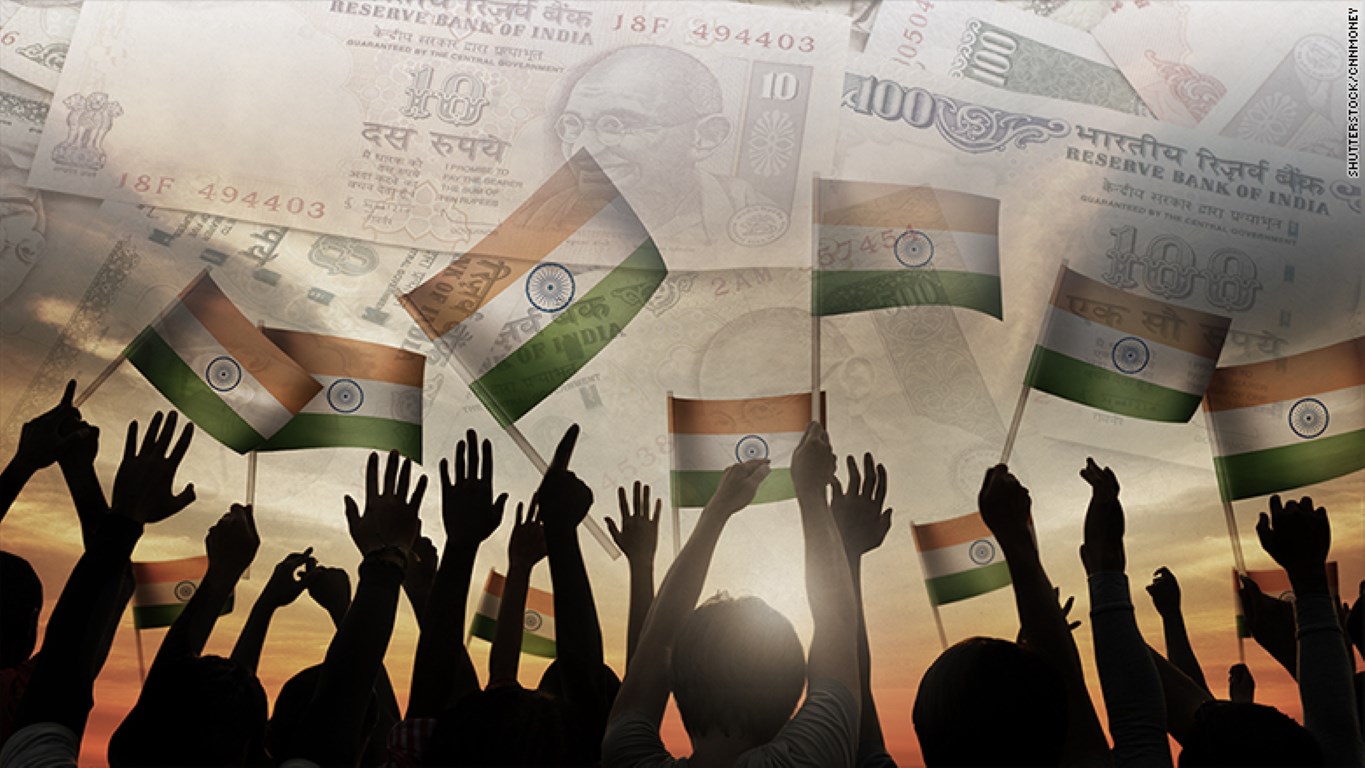Is India’s Economy Still Clocking In?
June 1, 2017 | Expert Insights

The Shock Therapy induced by the Narendra Modi’s government on Novemder 8th, 2017 cut 86 % of cash circulation overnight which deeply affected families, businesses and companies as most exchanges in the Country were carried out in cash. On Wednesday, results revealed that India’s GDP in the fourth quarter of 2017 (4QFY17) was growing at 6.1% which suggest a serious downward trend in the Country’s growth.
Background
According to the National Income and Product Accounts, in the fourth quarter of 2016, real GDP increased at 2.1 percent which is a blow to the 2017 figures which indicated real GDP to be growing only at 0.7 percent in the first quarter. The growth in the economy had fallen and mostly driven by consumer and government spending, which meant that investment had decreased.
Analysis
Narendra Modi’s maneuver was crafted in an attempt to curb ‘black money’. The move however, was far reaching and left the Country with resounding effects. In 2016-2017, favourable monsoon boosted the agricultural sector, thereby cushioning the effects of low performance in the other sectors. A UN report revealed that India’s economy will however project at 7.9% in 2018, still ahead of China who is seen to grow at 6.5% in 2017-2018.
Futuristic Projections
Certain experts like Shobana Kamineni, President of the Confederation of Indian Industry (CII) remain optimistic about reaching targets of a 10% growth rate by 2019-2020.
The CII analysis shows that over 3 million jobs are created annually. The Non-Profit Organization that works closely with the Government on policy making asserts that if 5 million jobs are created, implying growth in fields like tourism, service and construction sectors accompanied by a reduction in corporate tax then the GDP would reach its target of 10% in 3 years.
A Dual Effect
A special update of a World Bank report reveals that a low female participation in the workforce in India, ranks the Country as one of the lowest at 120th among 131th and the figures only show a declining trend since the year 2005. According to a World Bank assessment, the unlikelihood of women to participate in the labour industry is mainly influenced by economic stability instead of social norms. As economic stability begins to feature at home, more women are inclined to work on ‘status production.’
Status production is a term used to define the work a woman does at home, in support of the well being and upkeep of the family which do not generate any direct wages. There is an importance in promoting equal participation of women in the Country.
Christine Lagarde, IMF’s Managing Director mentioned in 2015 that if India were to close its gender gap, India’s GDP would be boosted by 27% which is very significant. By increasing the female participation in a Country’s workforce, it increases not only the per capita income of the Country but it also reduces gender inequality. India can therefore capitalize on the opportunity at hand and try to bring its policies upto speed, so as to encourage women participation in the working sector.








Comments